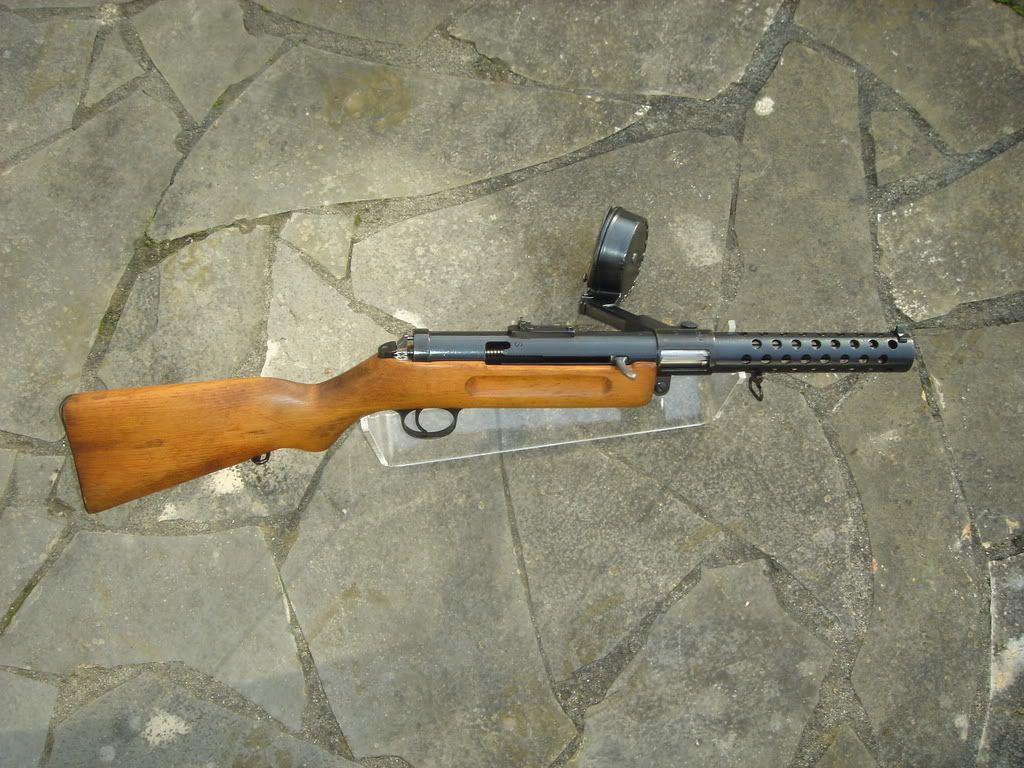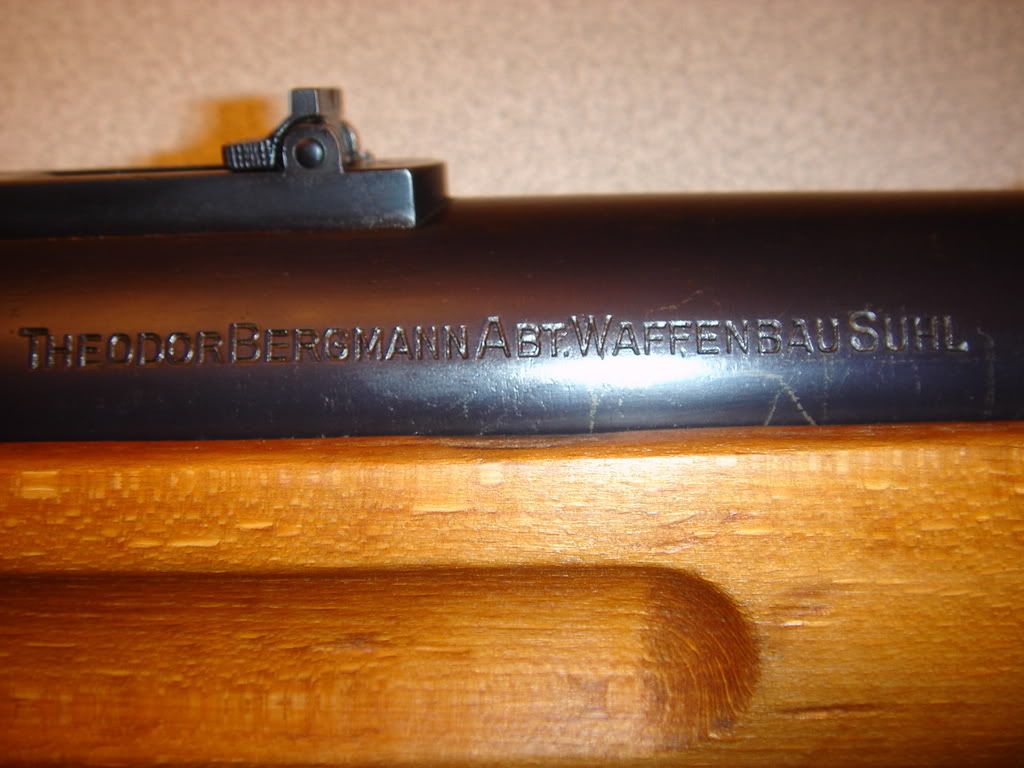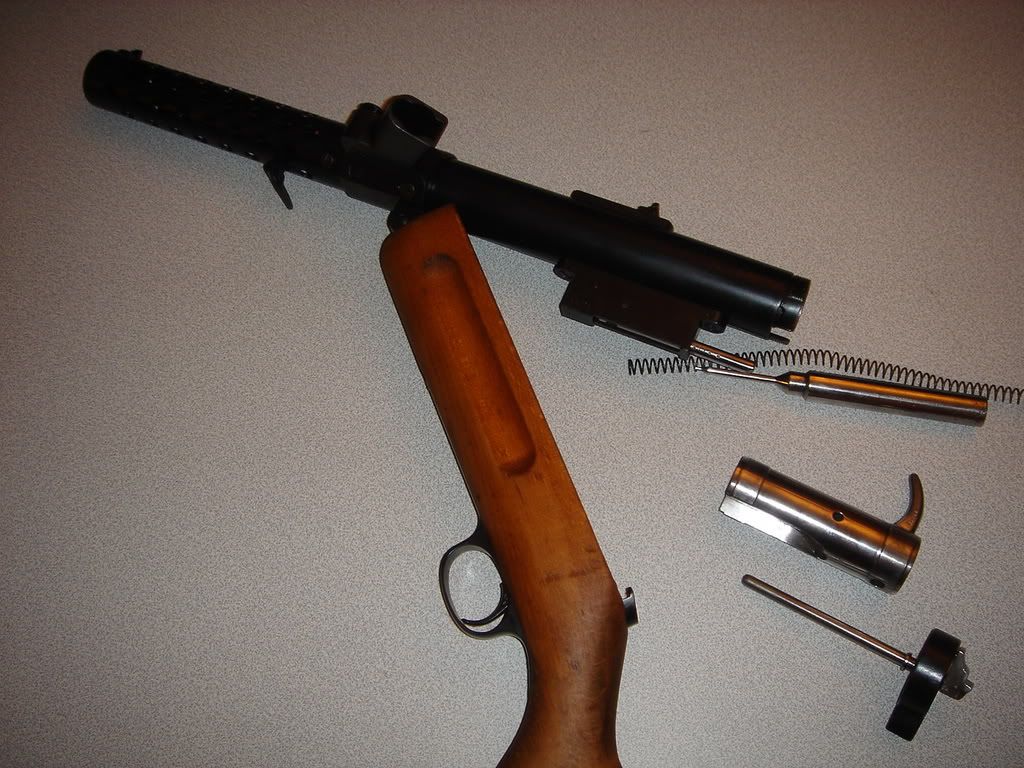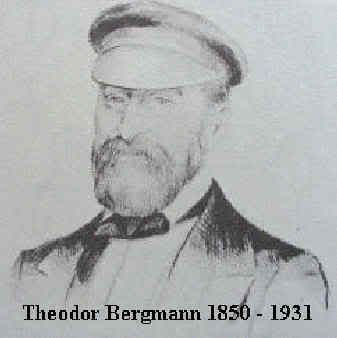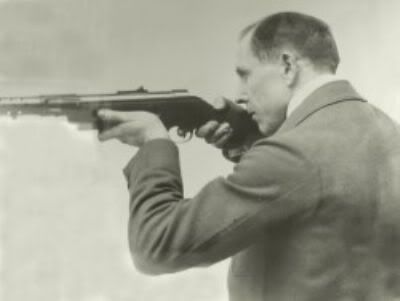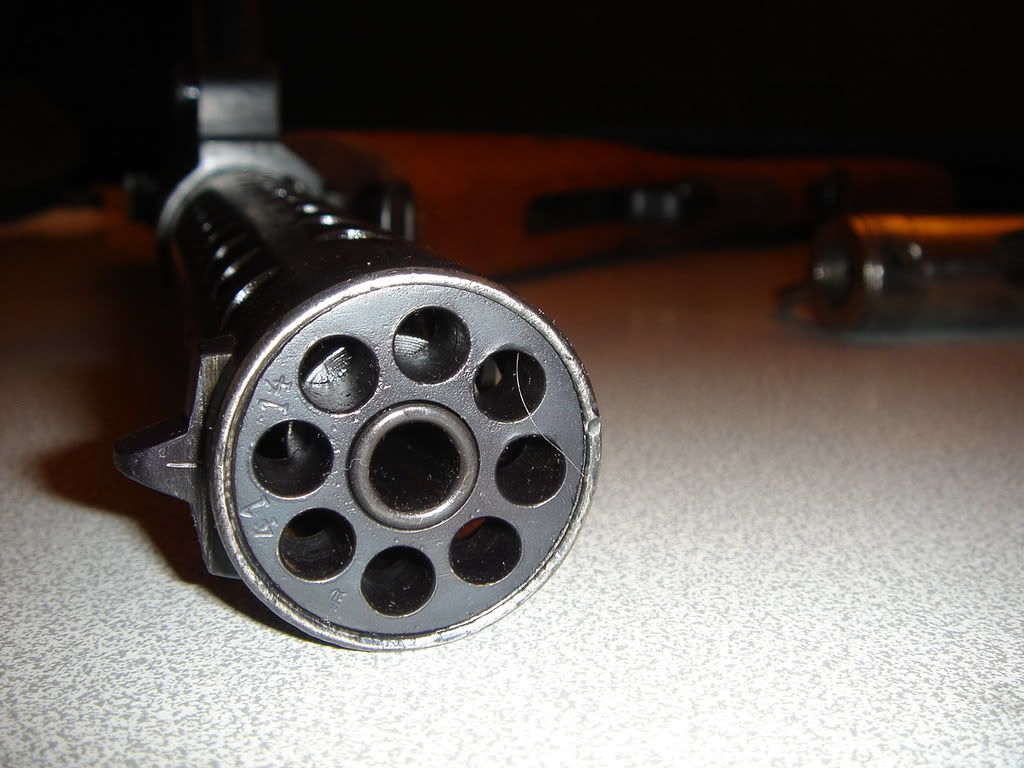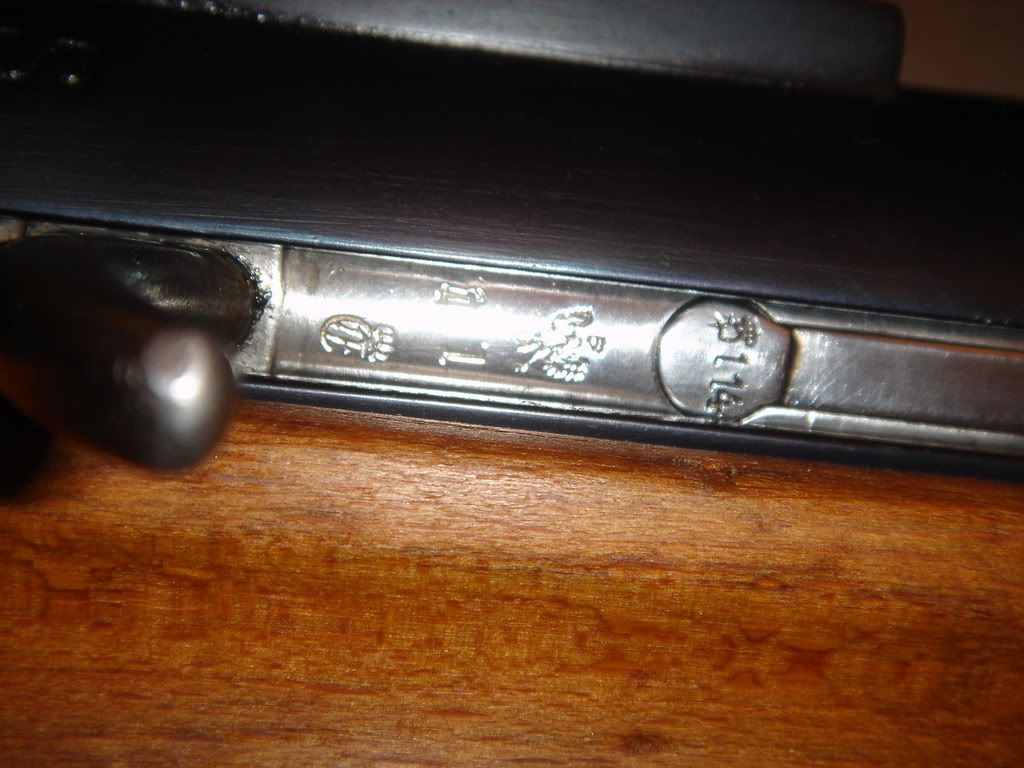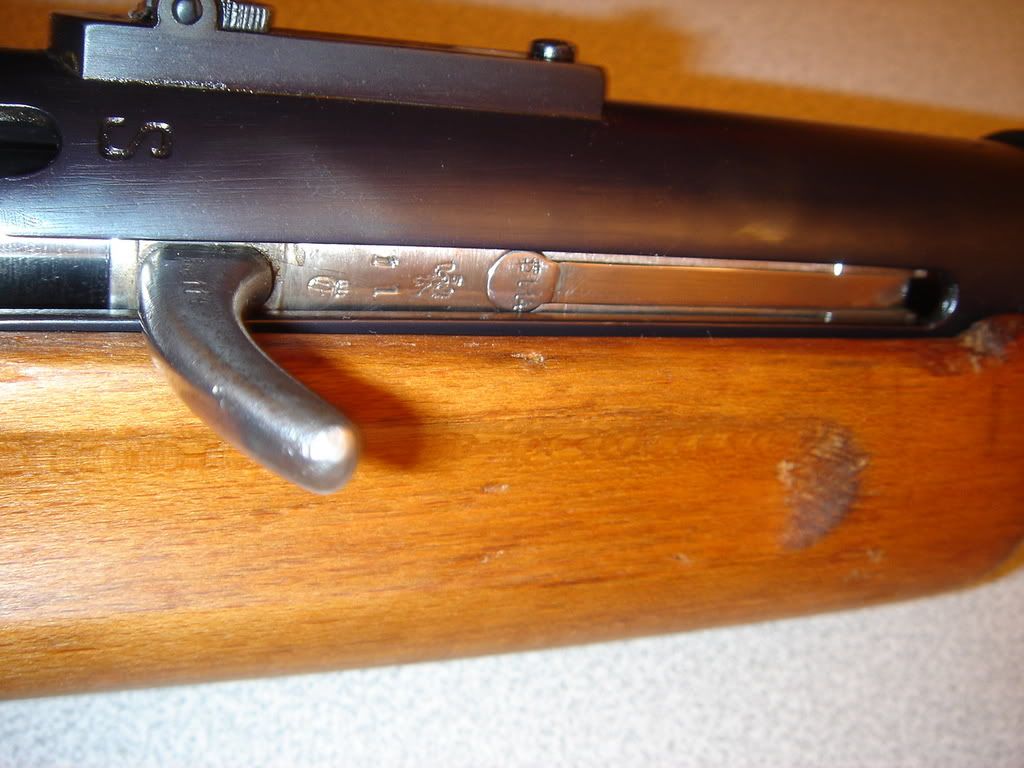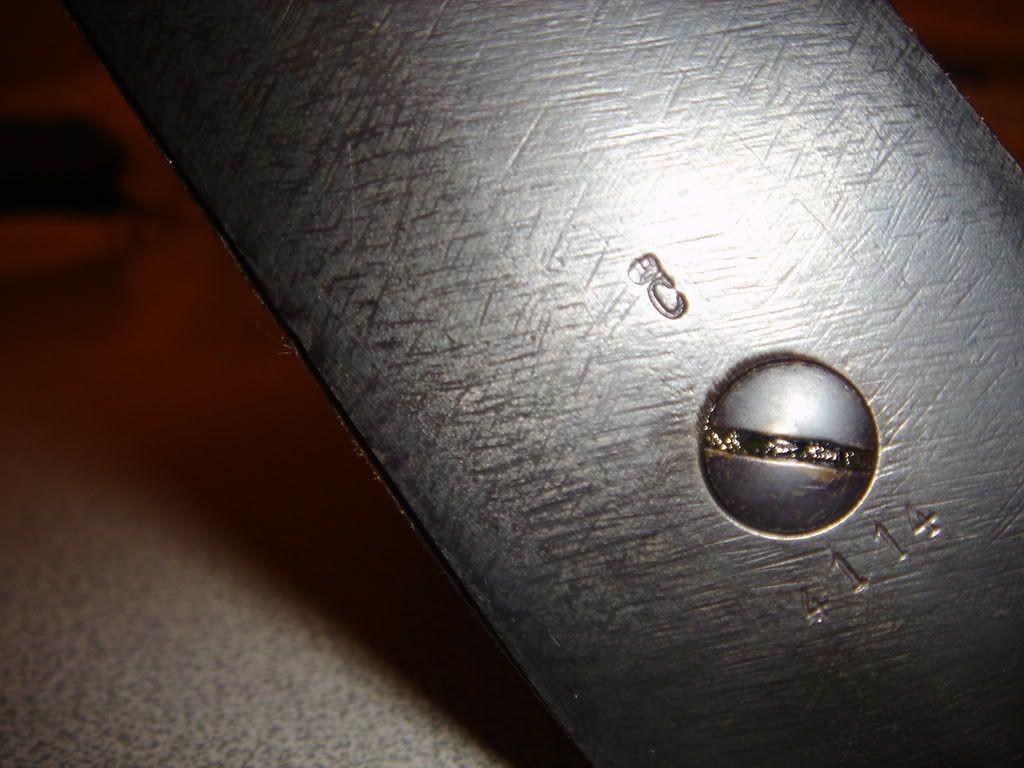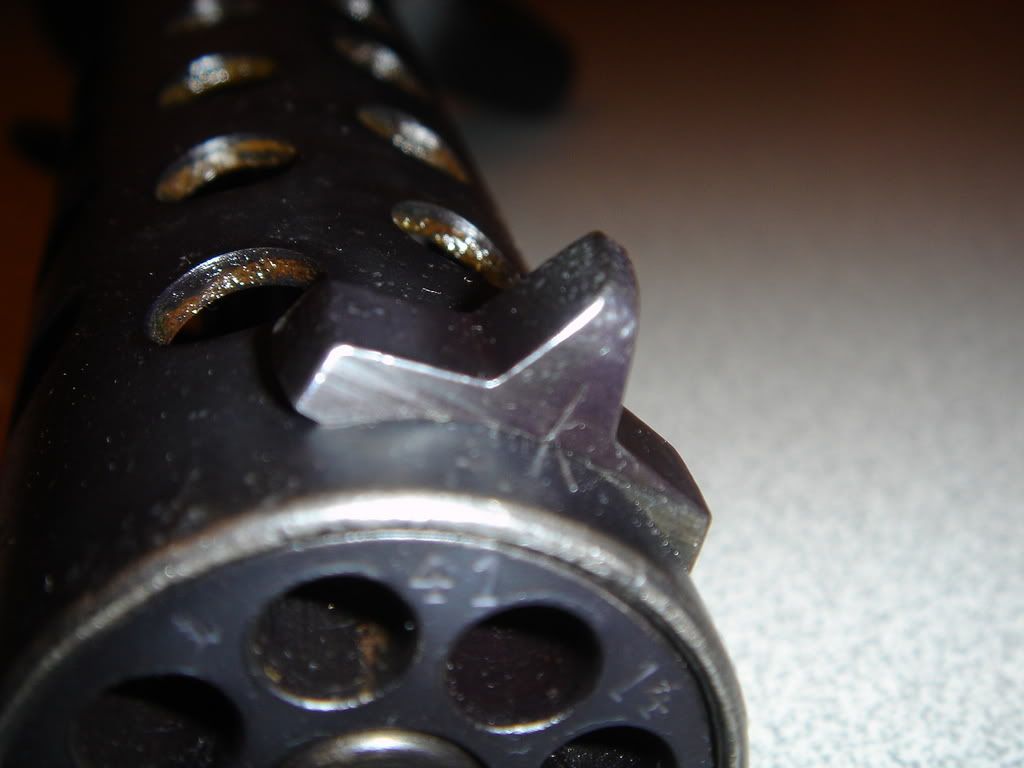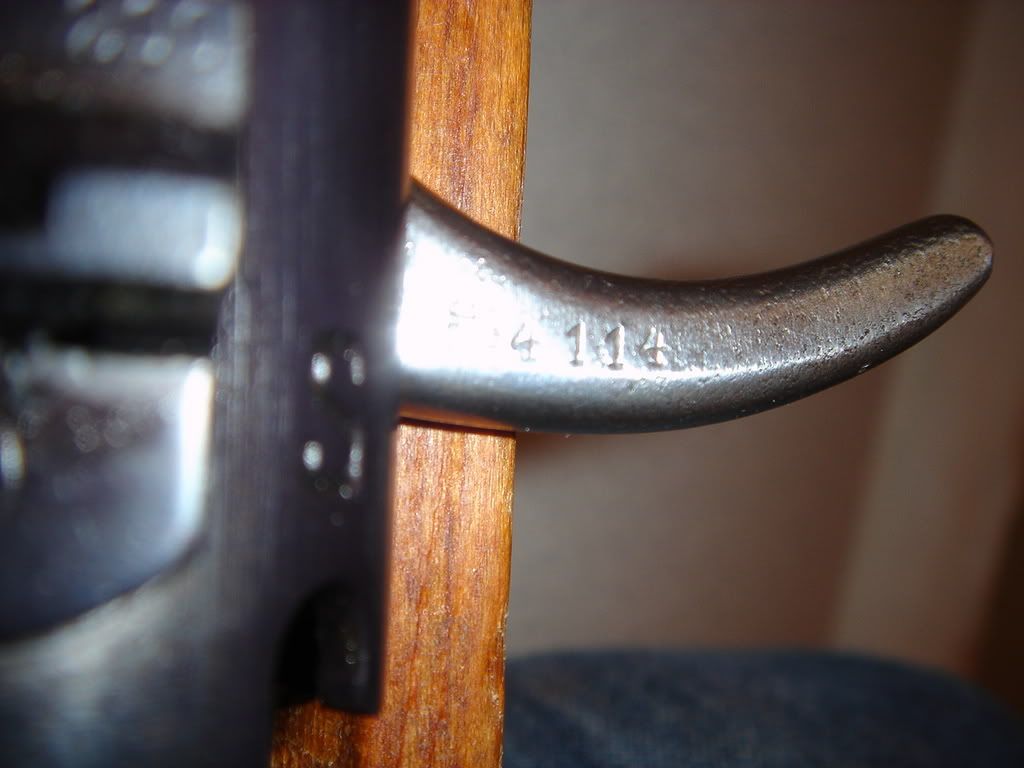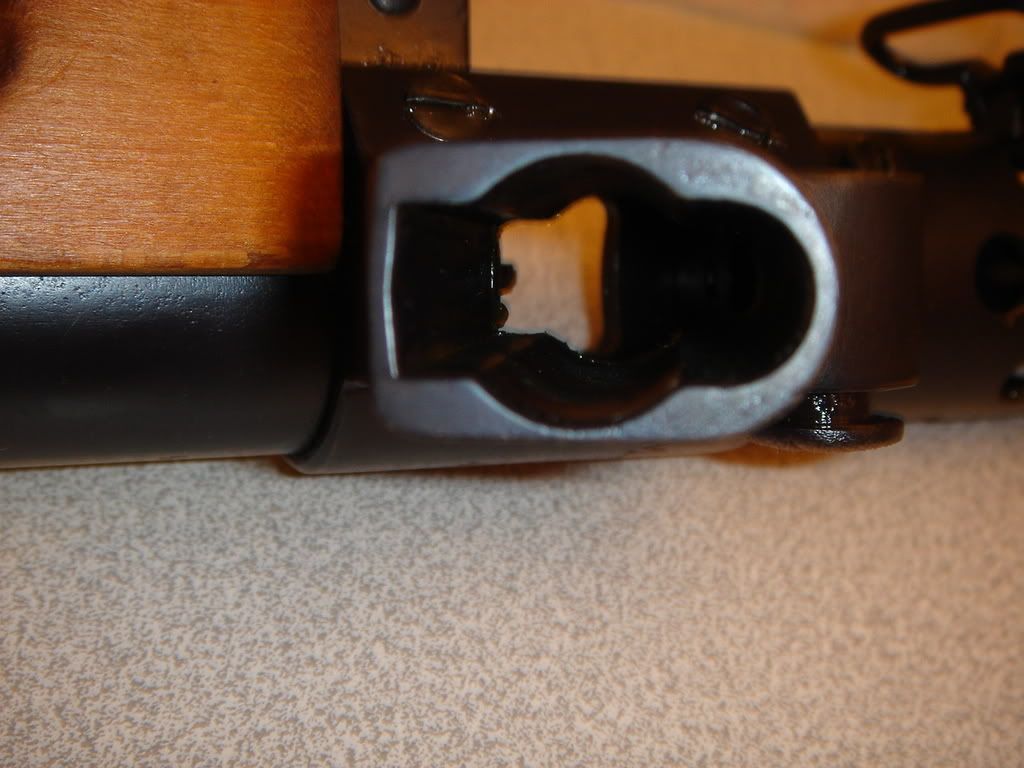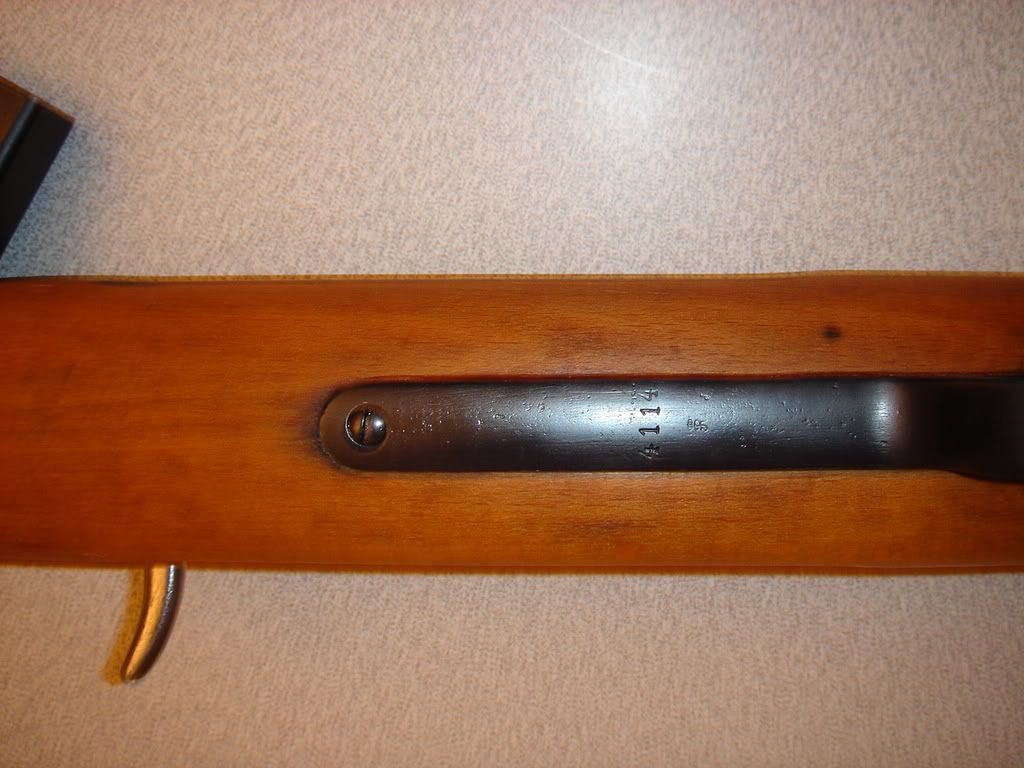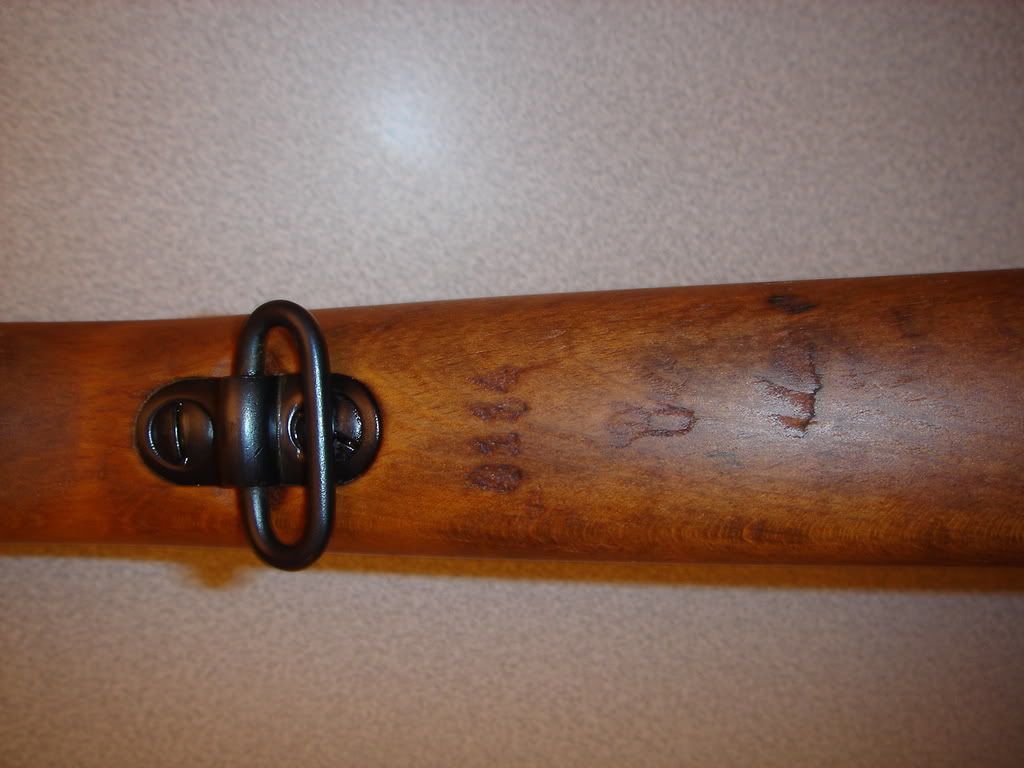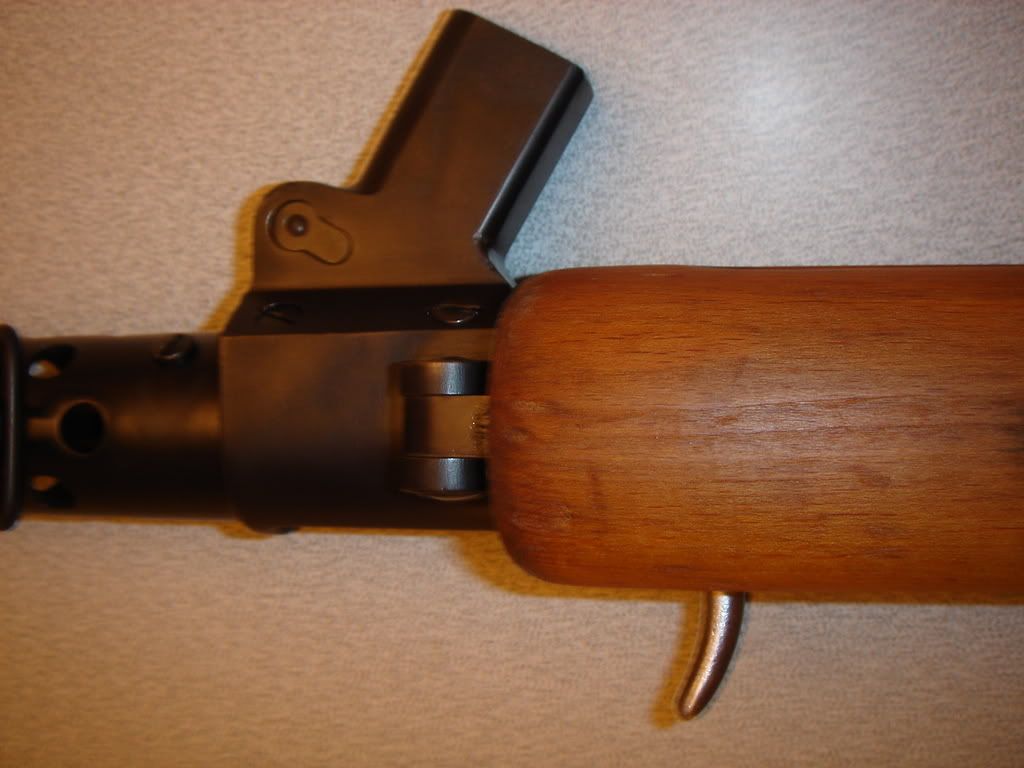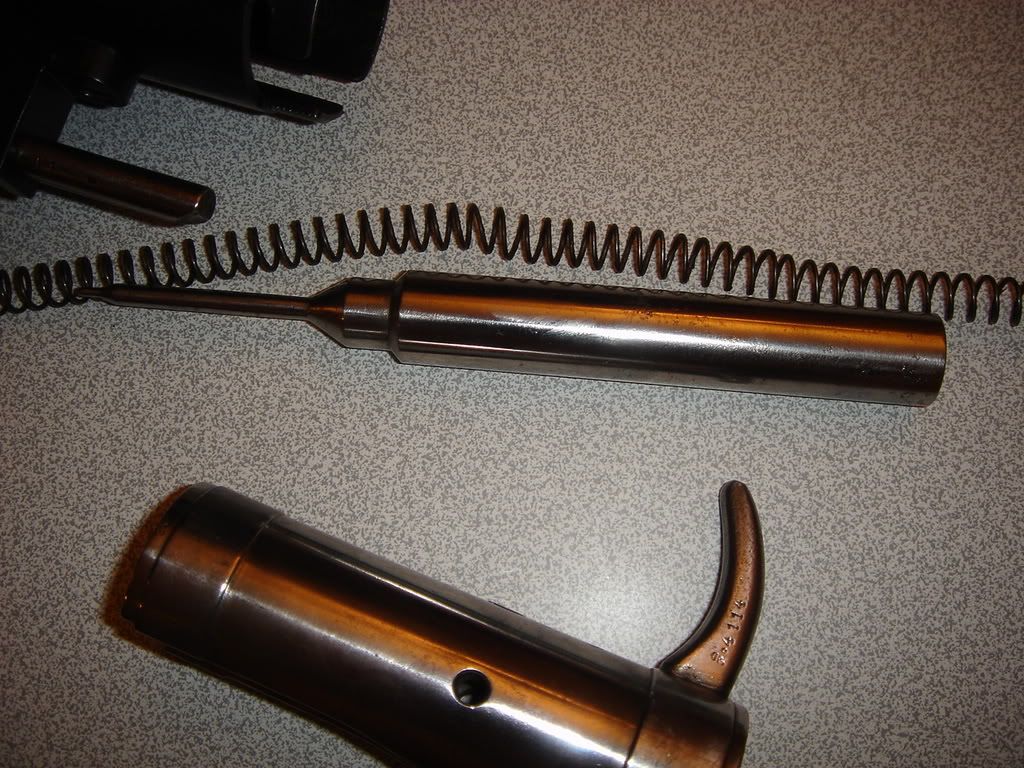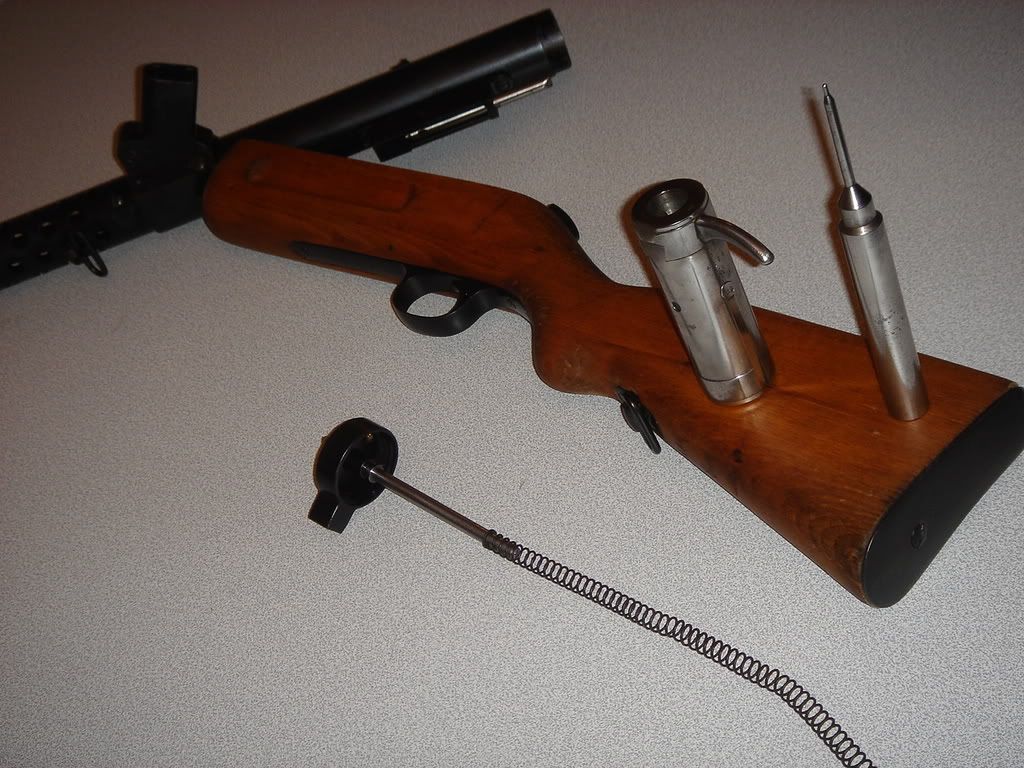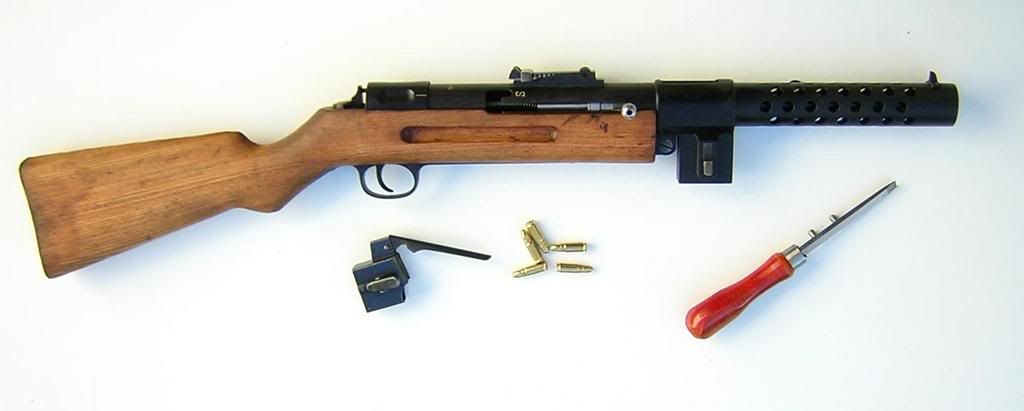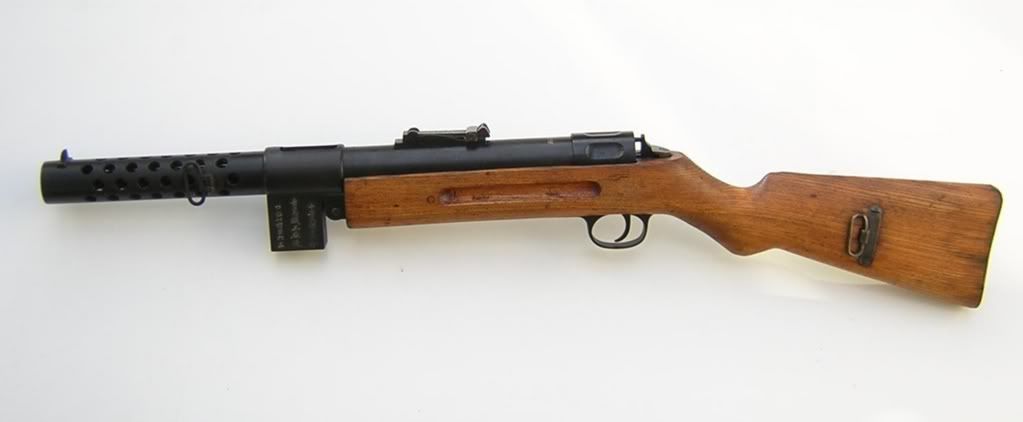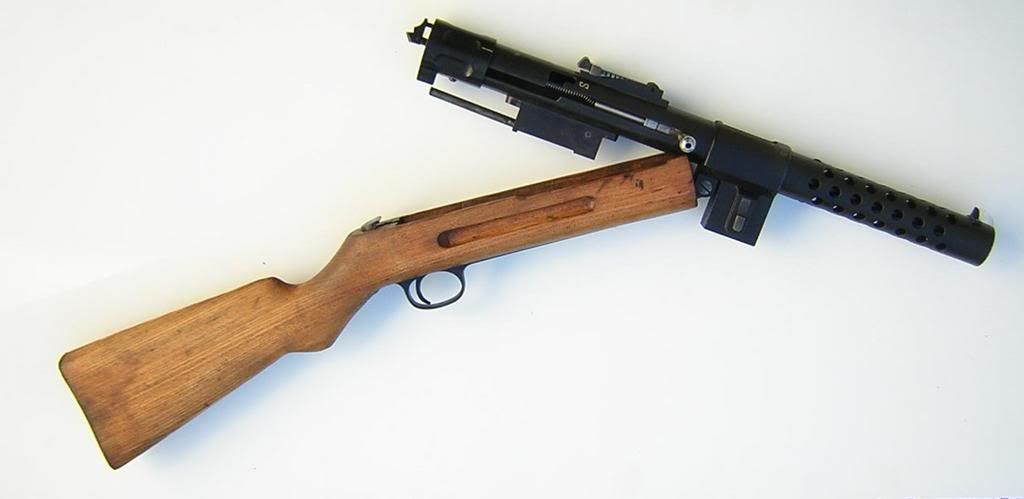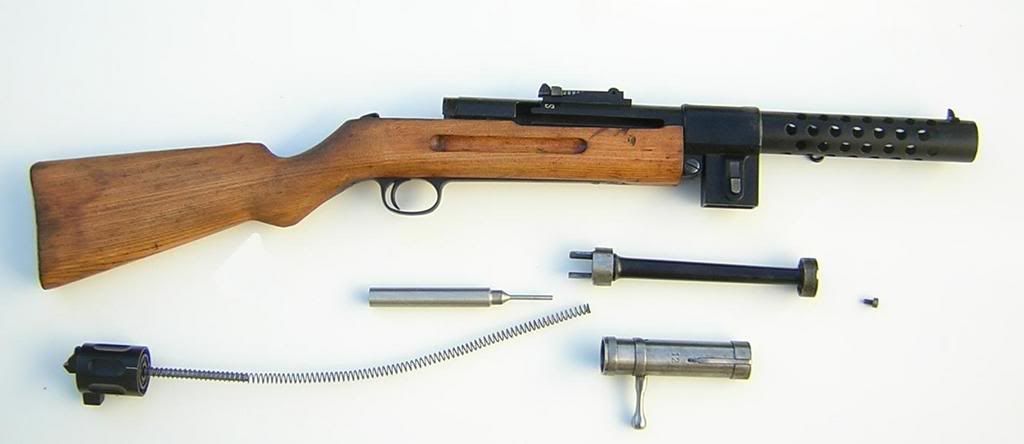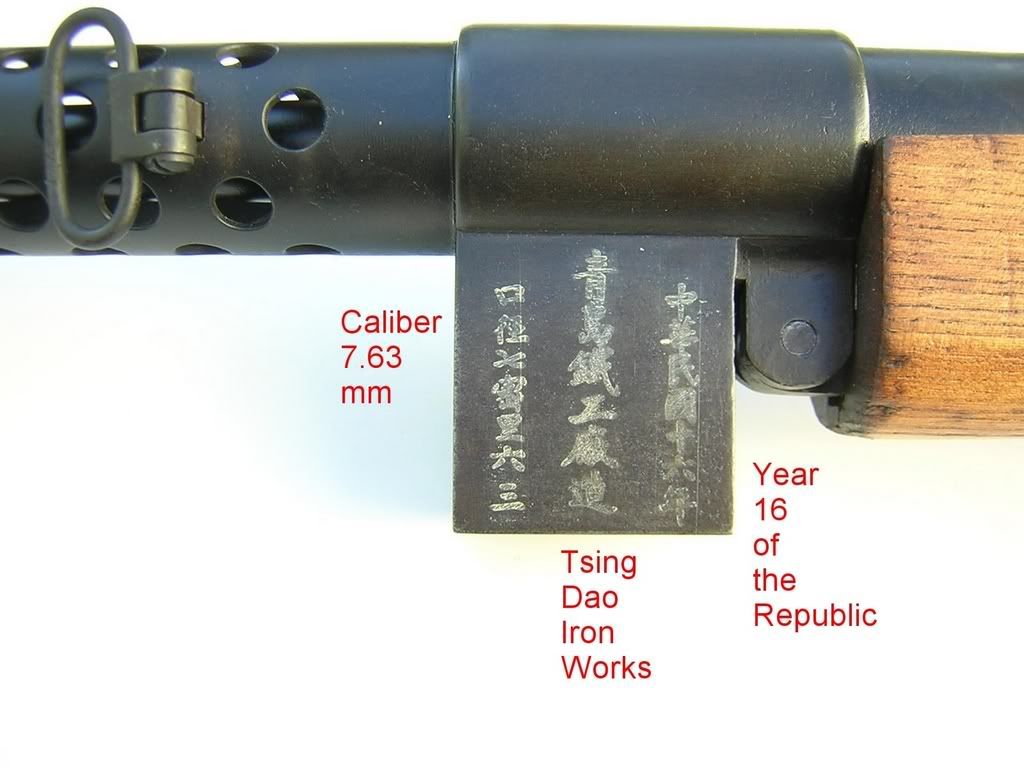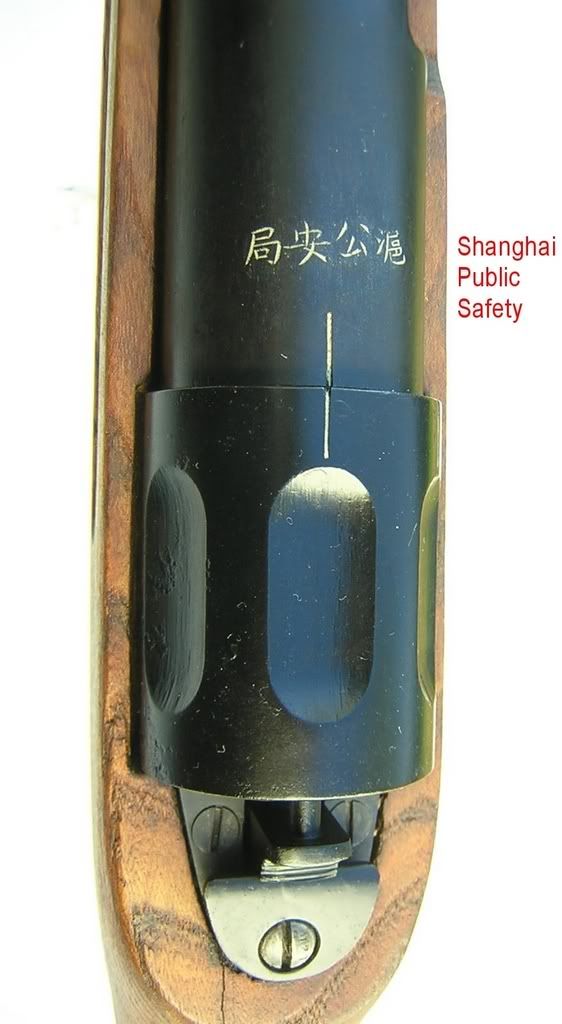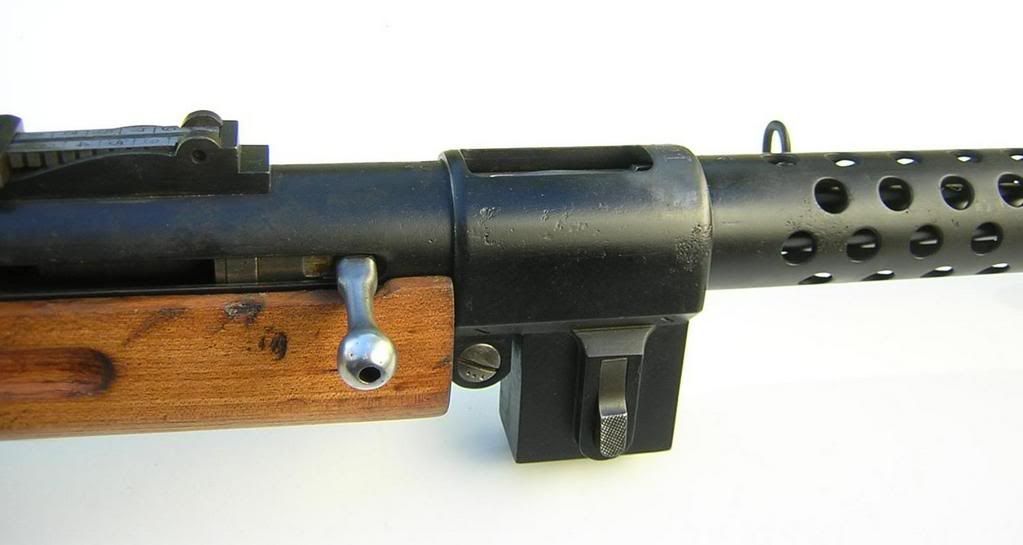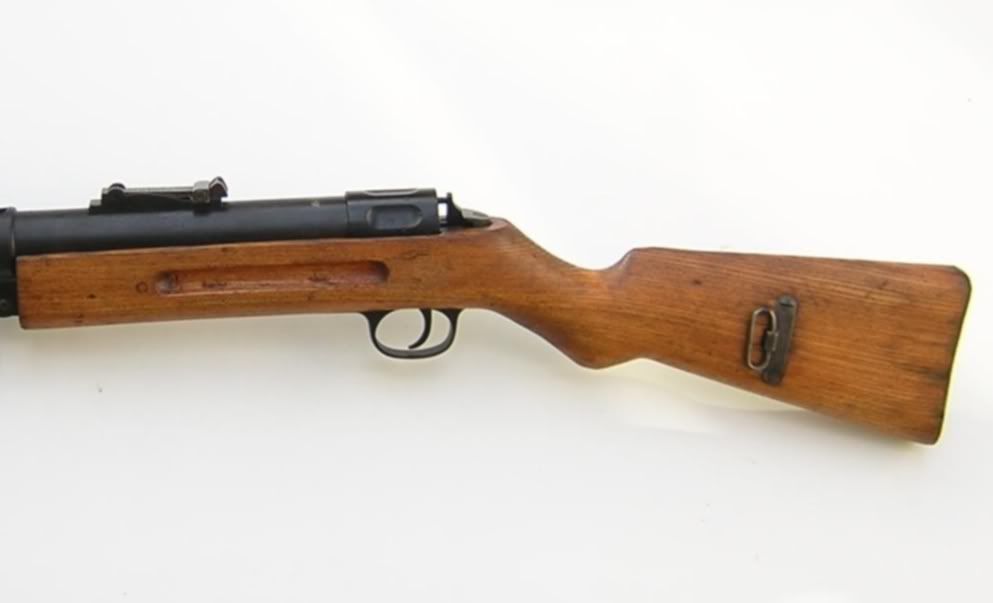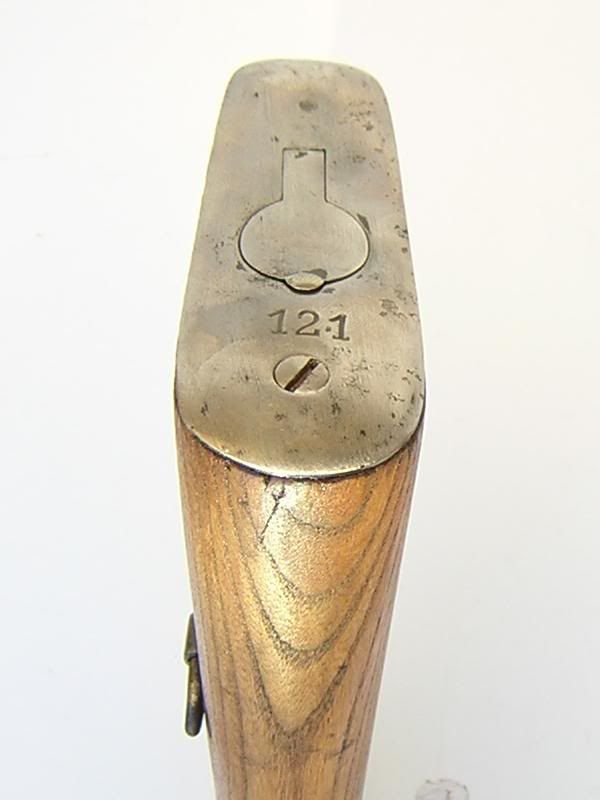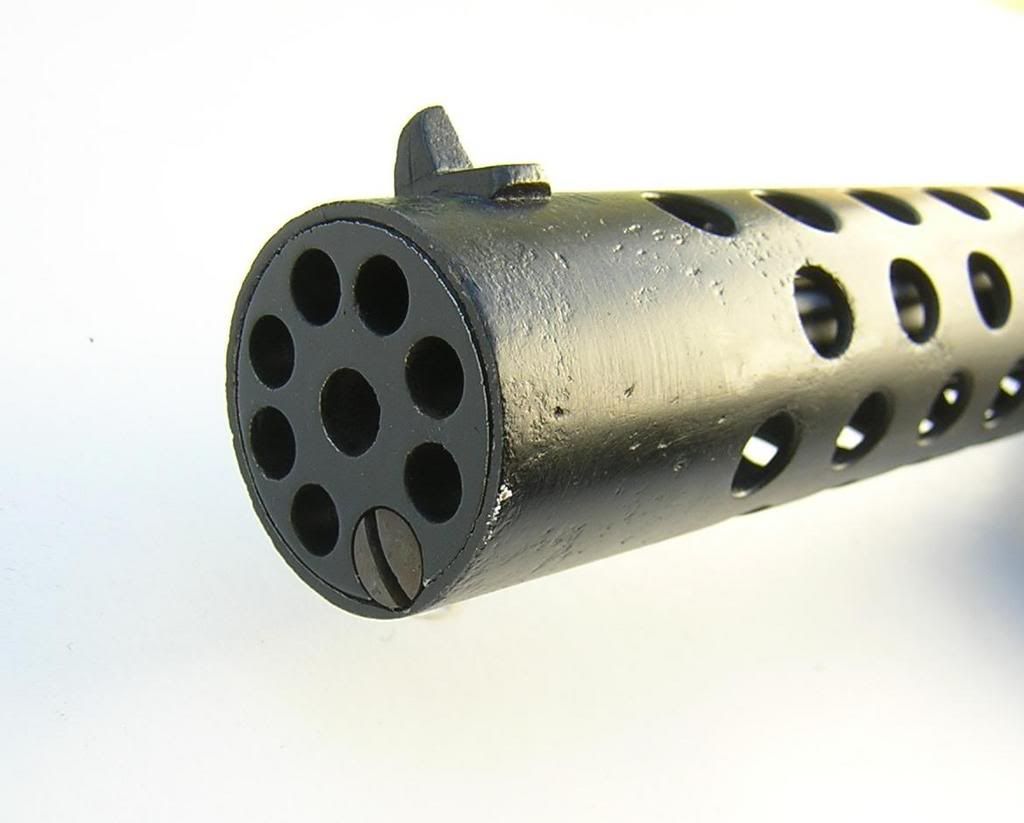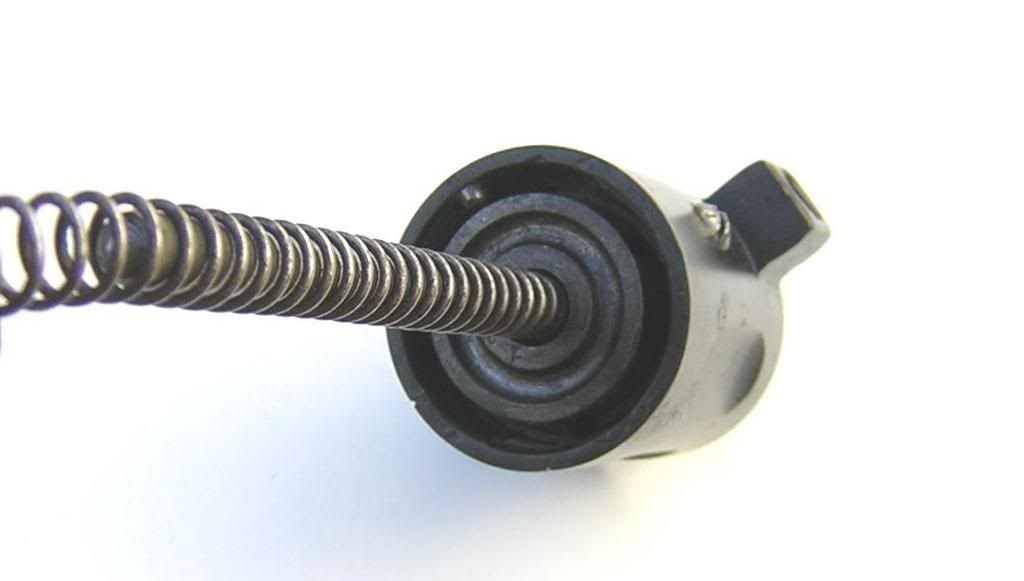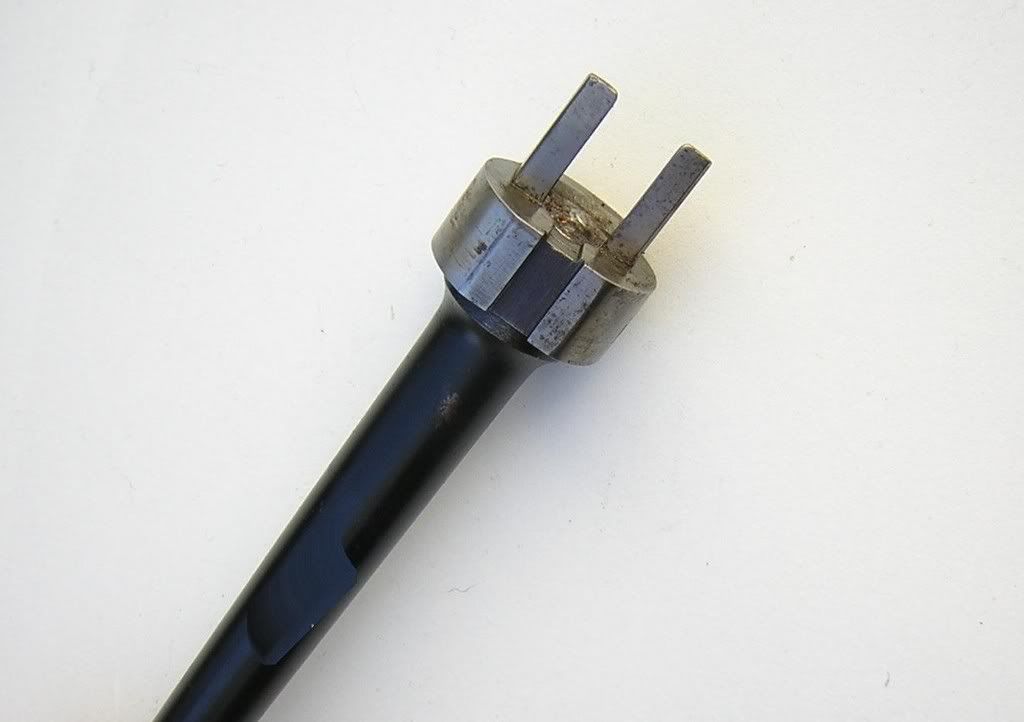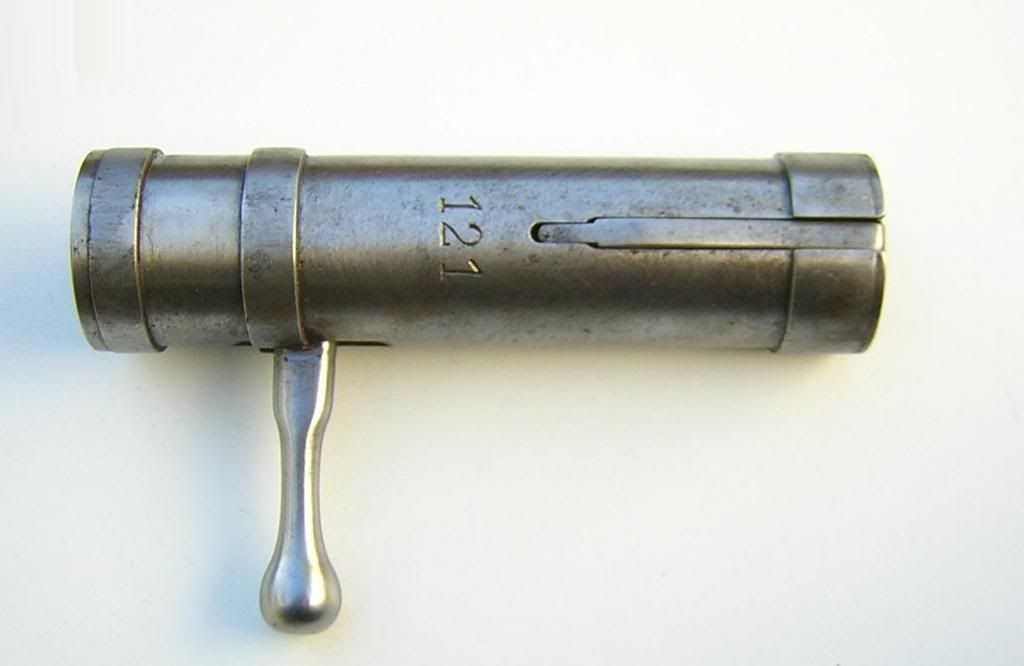.
The Bergmann MP 18.1 was the first practical submachine gun ever fielded.
What became known as the "submachine gun" had its genesis 90 years ago during the Great War, developed around the concepts of infiltration, fire and movement, specifically for the desire to clear trenches of enemy soldiers.
Because engagements were unlikely to occur beyond a range of a few feet within this environment, the long range potential of a rifle was unnecessary, not to mention its size and slow, bolt-action loading method. The American solution to this problem came in the form of "trenchbrooms", otherwise known as pump-action shotguns.
The Italian Villar Perosa 1915 was a collective weapon, not an individual shouldered weapon.
A few pistols were modified to fire fully automatic by their manufacturers like the Parabellum “Artillery� model or the Mauser 1896.
Hugo Schmeisser, at the request of the German government, chose a different, much more radical route.
Following the 1917 recommendations of the German Rifle Testing Commission (Spandau) for an individual, light weight weapon capable of fully automatic fire, Hugo Schmeisser was asked to develop a weapon for the close quarters combat of trench warfare. The weapon was designed around the German military pistol cartridge, the 9mm Parabellum. This, along with the use of a shoulder stock, allowed the weapon to be controllable in fully automatic fire, giving the user the ability to engage multiple targets in cramped quarters in a very short amount of time. Yet the weapon was still effective to ranges exceeding 100 meters. Thus, the Maschinenpistole, Model 1918 (MP18/I) was born.
It was manufactured by Theodor Bergmann Waffenbau in Suhl
The Prussian War Ministry ordered 50,000 of the MP18/I and by November 1918, less than 10,000 had made it to the Western Front, 80 %were lost during battles. Nevertheless, the new weapon made such an impact that its manufacture was banned under the Versailles Treaty.
300 pieces were allowed to be kept by the Berlin Police and were used against revolutionary groups known as Spartakists.
The Germans began using the submachine gun, or maschinenpistole, near the end of WWI when they developed and adopted the full automatic 9mm MP18.I. They felt the submachine gun would have great value in the close quarter combat situations encountered when the trenches were overrun. While the defenders of the trenches would be attempting to protect themselves with their limited capacity bolt action rifles and bayonets the Germans would be spraying them with submachine gun fire at 500 rounds per minute! The German MP18.I was the first weapon to use the soon to be common open bolt system.
While several other submachine gun designs had been developed postwar, most were based on the MP18/I, or its improved version, the MP28/II.
World War One ended with the German surrender in November 1918. The Allies drew up an agreement called the Treaty of Versailles; the treaty was extremely harsh and restrictive. The Germans had little choice but to sign it. The treaty would cause much unrest among the German people and plant the seeds for WWII.
The Treaty of Versailles prohibited the Germans from developing or testing any type of military weapons. All existing WWI weapons were ordered destroyed by the Inter Allied Control Commission. Although the Germans were allowed a 100,000 man self defense force, the Reichswehr, they were restricted to the type of weapons they could issue. Submachine guns were prohibited.
Since snail drum magazines used on Parabellum artillery pistols (Lange Pistole) were to be destroyed with the pistols as well, a straight box magazine was designed and the remaining MP18 were fitted with a new stick magazine funnel.
The new magazine was copied for the MP 28 and the British Lanchester, a direct copy of the MP28, very few MP18 survived with the snail drum magazine and most were destroyed during WW2 when the Police Depot in Berlin was bombed in 1943.
It is interesting to note that in order to speed up production, the barrel used is a barrel originally produced for the P 08 Artillery Pistol retaining a bigger overall diameter than the original pistol barrel( not milled after primary machining) in order to not overheat during sustained fire.
Single fire selector does not exist but with it rate of fire 400 to 450 rounds per minute it is fairly easy to shoot single fire, two or three rounds bursts.
The weight helps in accurate aim of long bursts, the bolt design will be used almost unchanged in all models of german made MPs and the british Lanchester and Sten.
Shooting a Bergmann MP 18.1

 The Accurate Reloading Forums
The Accurate Reloading Forums  THE ACCURATE RELOADING.COM FORUMS
THE ACCURATE RELOADING.COM FORUMS  Guns, Politics, Gunsmithing & Reloading
Guns, Politics, Gunsmithing & Reloading  Military & Military Surplus
Military & Military Surplus  Bergmann MP18.1
Bergmann MP18.1






